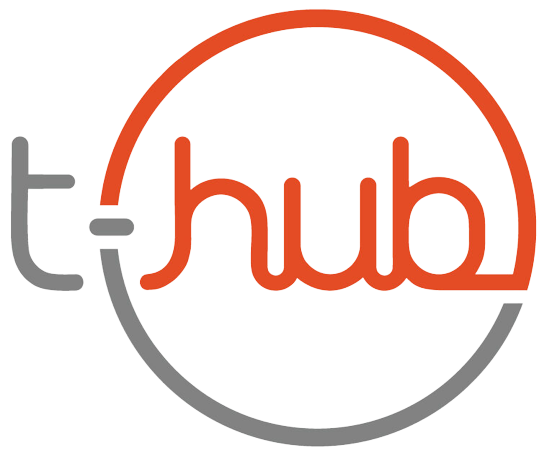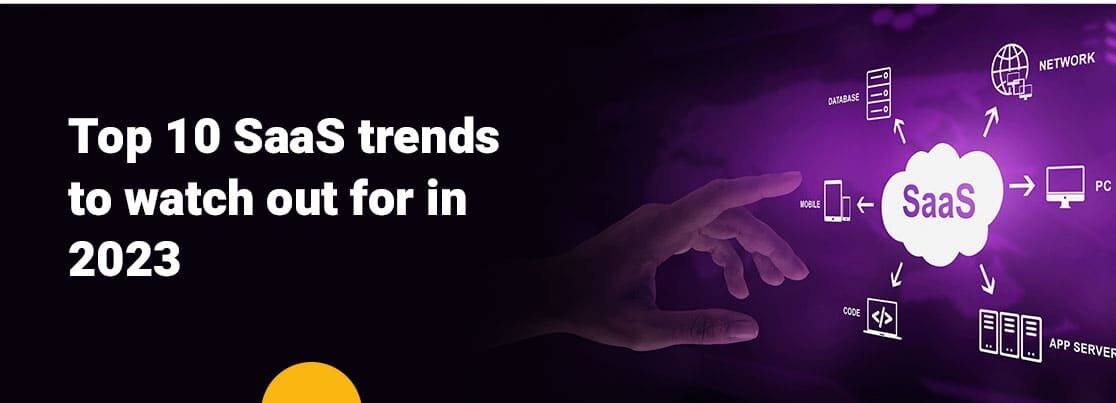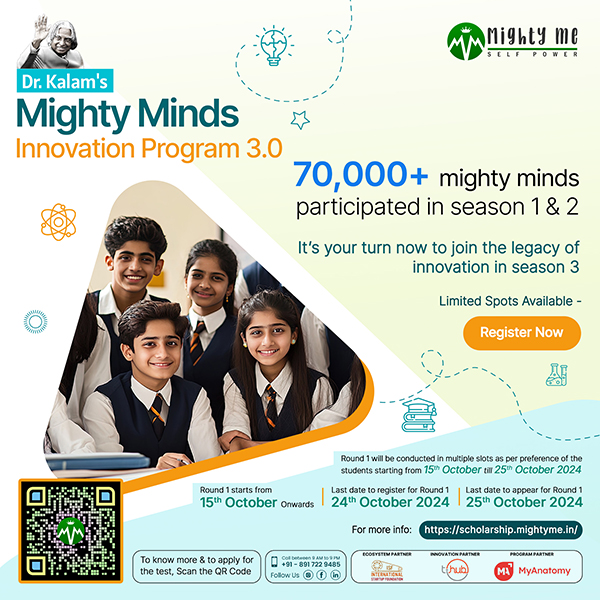In the rapidly evolving world of technology, Software as a Service (SaaS) continues to be a major growth driver. The SaaS market is projected to reach USD 623 billion by 2023, and is expected to continue to grow in the coming years. As businesses of all sizes look to leverage the benefits of SaaS, it’s important to stay on top of the latest trends to ensure you’re making the most of these powerful tools. In this article, we’ll be taking a look at the top 10 SaaS trends to watch out for in 2023.
- Artificial Intelligence and Machine Learning: SaaS companies are increasingly incorporating AI and ML technologies to improve their products and services. The AI market is forecasted to reach a staggering USD 733.7 billion by 2027, as more and more companies adopt the technology to improve their products and services.
Modern SaaS providers are incorporating AI features such as data alerts. These alerts use advanced neural networks for anomaly detection and machine-learning algorithms for pattern recognition, making them highly effective in identifying important trends and patterns in your business data. This allows you to stay informed and in control of your business by providing real-time notifications when pre-set goals are met or unexpected changes occur. With AI-powered SaaS, businesses can gain more value from their data, automate and personalize services, improve security, and augment human capabilities. - Cloud-Native Applications: As more companies shift to the cloud, the demand for cloud-native applications is expected to increase. With Cloud SaaS, businesses can ensure the safety of their data in case of potential system failures through pre-established disaster recovery protocols. This guarantees that the data remains accessible and secure, even in the event of a data breach or system malfunction.
- Low-Code/No-Code Platforms: These platforms enable businesses to create and deploy custom applications without needing to write code, making it easier for non-technical users to build software. The global low-code development platform market is predicted to generate a revenue of USD 187.0 billion by 2030. Low code and no code SaaS options allow for faster development and deployment of custom solutions. This means that technical staff can focus on creating unique and innovative features, rather than spending time on foundational coding.
Additionally, low-code and no-code solutions enable businesses to easily adjust their solutions to their specific industry and department needs, increasing productivity and innovation. In 2023, we can expect to see more companies adopt low-code and no-code options to accelerate digital transformation, reduce technical backlogs, and drive down the need for specialized technical skills. - Remote Work and Collaboration: With the rise of remote work, SaaS tools for virtual collaboration and communication are becoming more popular. SaaS advancements improve businesses’ ability to foster collaboration among teams and departments by enabling easy file sharing and improved accessibility and comprehension across different systems.
- Cybersecurity: SaaS misconfigurations have been consistently reported as a major security concern for cloud-based businesses since 2019, according to Adaptive Shield’s SaaS security report . A significant 63% of organizations have reported that a misconfiguration in their SaaS systems resulted in a security incident since 2019.
As the number of cyber threats continues to increase, SaaS companies are focusing more on providing secure solutions to protect businesses and their customers. The use of SaaS Security Posture Management (SSPM) tools is crucial for minimizing configuration and security issues and maintaining compliance in SaaS companies. SSPM provides automated continuous monitoring of SaaS applications and reduces the impact of a security breach by performing real-time security configuration checks. Along with misconfigurations, other security concerns in the SaaS industry include the increasing number of apps connected to a company’s environment, which can leave the organization exposed if access permissions are granted without the knowledge of the IT or security team. Data as a Service (DaaS) providers also need to address security concerns, such as using encryption technologies to protect sensitive data. Platform as a Service (PaaS) model offers an advantage in security, as regular automatic updates are performed. With AI-enabled automation and machine learning, SaaS security is enhanced by quickly identifying and mitigating potential threats with built-in self-recovery. - Internet of Things (IoT): IoT Analytics predicts that the number of global IoT installations will reach 27 billion by 2025, creating a significant challenge for companies. To manage these deployments and the large amount of data generated, SaaS platforms for IoT are becoming more prevalent. These platforms offer various benefits, such as the ability to easily manage and analyze data from IoT devices. When looking for an IoT SaaS platform, it’s important to consider features such as data management, security, and scalability. IoT-based SaaS solutions are becoming more prevalent in industries such as manufacturing, healthcare, and transportation.
- Digital Transformation: Data-driven SaaS is a key trend to watch for as more businesses seek to gain insights from their data and streamline operations. As digital transformation accelerates across industries, investment in analytics-driven SaaS solutions is expected to increase. Industry experts predict that the value and investment in analytics-centric SaaS models will continue to rise in 2023 and beyond.
Analytics will become a central component of almost every SaaS platform, making Business Intelligence (BI) and data-driven decisions more powerful for companies looking to stay ahead of the competition. Additionally, the centralized nature of SaaS models allows users to access data from any device at any time, making it possible to make data-driven decisions on-the-go with the help of advanced software capabilities and online platforms. - 5G and Edge Computing: As 5G networks are deployed and edge computing becomes more prevalent, SaaS companies will be able to offer new solutions and services that take advantage of these technologies. The rollout of 5G networks with their faster internet speeds will bring significant changes to various industries, including telecommunications, SaaS, and device manufacturing.
5G promises speeds up to 20 times faster than 4G, which will transform the way services are delivered on the cloud and on devices. Telecom companies are looking to capitalize on the growth opportunities presented by 5G, while SaaS companies are developing new solutions to take advantage of the increased speeds. - Subscription-based SaaS Models: Subscription-based models for SaaS solutions continue to gain popularity, as they provide a predictable revenue stream for businesses. In this model, customers pay a recurring fee for access to software and services on a regular basis, rather than purchasing a one-time license. This provides a steady stream of income for the SaaS company, while also providing customers with the flexibility to adjust their subscription as their needs change. Additionally, subscription-based SaaS models allow businesses to access a wide range of software and services that might be too expensive to purchase outright.
- Interoperability: As the number of SaaS solutions increases, there is a growing need for interoperability between different platforms and systems. Interoperability in SaaS refers to the ability of different software systems to work together seamlessly. It enables businesses to use a variety of different SaaS solutions without needing to worry about compatibility issues. This improves efficiency and productivity, as employees can access the tools they need without having to switch between different systems. Additionally, interoperability allows businesses to take advantage of the best features of different SaaS solutions, rather than being limited to a single vendor’s offerings.
The SaaS industry is continuously evolving, and it’s important for businesses to stay on top of the latest trends to ensure they’re getting the most out of these powerful tools. By keeping an eye on these trends, businesses can take advantage of the opportunities they present and stay ahead of the curve.
#long-description ol li{ margin-bottom:30px !important; }
In the rapidly evolving world of technology, Software as a Service (SaaS) continues to be a significant growth driver. The SaaS market projects a growth to USD 679 billion by 2024.
As startups and businesses of all sizes look to leverage the benefits of SaaS, staying ahead is essential. Here’s a look at the top 10 SaaS trends to watch out for in 2024.
Artificial Intelligence and Machine Learning
SaaS startups increasingly incorporate AI and ML technologies to improve their products and services. The AI market is forecasted to reach USD 733.7 billion by 2027, with significant contributions from the startup ecosystem.
Modern SaaS providers are incorporating AI features such as data alerts. These alerts use
advanced neural networks for anomaly detection and machine-learning algorithms for pattern recognition. Thus making these alerts highly effective in identifying significant trends and patterns in your business data.
The alert feature lets you stay informed and control your business by providing real-time notifications. Especially when pre-set goals are being met, or unexpected changes occur.
With artificial intelligence-powered SaaS, businesses can –
- Gain more value from their data
- Automate and personalise services
- Improve security
- Augment human capabilities
Cloud-Native Applications
As more companies in the startup ecosystem shift to the cloud, the demand for cloud-native applications will increase.
With Cloud SaaS, businesses can ensure the safety of their data during potential system failures through pre-established disaster recovery protocols. The data remains accessible and secure, even during a data breach or system malfunction.
Low-Code/No-Code Platforms
These platforms enable businesses to create and deploy custom applications without writing code. This makes it easier for non-technical users to build software.
The global low-code development platform market is predicted to generate a revenue of USD 187.0 billion by 2030. In the innovation ecosystem, low code and no code SaaS options allow for faster development and deployment of custom solutions. Customised solutions mean that technical staff can focus on creating unique and innovative features rather than spending time on foundational coding.
What’s better? Low-code and no-code solutions enable businesses to easily adjust their solutions to their specific industry and department needs. The easy adjustment leads to increased productivity and innovation.
In 2023, we expect to see more startup accelerator programs adopt low-code and no-code options for digital transformation. Not only that, but it also reduces technical backlogs and the need for specialised technical skills.
Remote Work and Collaboration
With the rise of remote work, SaaS virtual collaboration and communication tools are becoming more popular.
SaaS advancements improve businesses’ ability to foster collaboration by enabling easy file sharing, improved accessibility, and comprehension across different systems.
Cybersecurity
Adaptive Shield’s SaaS security report states that SaaS misconfigurations are the primary security concern for cloud-based businesses. A significant 63% of organisations have reported that a SaaS system misconfiguration resulted in a security incident since 2019.
As cyber threats rise, SaaS companies prioritise secure solutions for businesses and clients. SaaS Security Posture Management (SSPM) tools are vital in minimising configuration issues and ensuring compliance. SSPM offers automated monitoring of SaaS apps, conducting real-time security checks to mitigate breaches. Besides excessive app connections, security risks include posing threats if IT teams don’t manage access permissions.
Data as a Service (DaaS) providers must employ encryption to safeguard sensitive data using encryption technologies. The Platform as a Service (PaaS) models also offer security advantages with automatic updates. AI-driven automation in the SaaS innovation ecosystem enhances security by swiftly detecting and addressing potential threats, facilitating self-recovery.
Internet of Things (IoT)
IoT Analytics predicts that global IoT installations will reach 27 billion by 2025. This rise has created a significant challenge for companies.
To manage these deployments and the large amount of data generated, SaaS platforms for IoT are becoming more prevalent. These platforms offer various benefits, such as efficiently managing and analysing data from IoT devices.
When looking for an IoT SaaS platform, it’s important to consider data management, security, and scalability features. IoT-based SaaS solutions are becoming more prevalent in manufacturing, healthcare, and transportation.
Digital Transformation
Data-driven SaaS is a key trend as more businesses seek to gain insights from their data and streamline operations. As digital transformation accelerates across industries, investment in analytics-driven SaaS solutions will increase. Industry experts predict that the value and investment in analytics-centric SaaS models will continue to rise in 2023 and beyond.
Analytics will become a central component of almost every SaaS platform in the innovation ecosystem. Business Intelligence (BI) and data-driven decisions will become more potent for startups looking to stay ahead of the competition.
Additionally, the centralised nature of SaaS models allows users to access data from any device, anytime. The access enables data-driven decisions on the go with the help of advanced software capabilities and online platforms.
5G and Edge Computing
SaaS companies can offer new solutions and services with 5G networks deployed and edge computing becoming prevalent.
The faster internet speeds will bring significant changes to various industries. They include – telecommunications, SaaS, startup accelerators, business incubators, and device manufacturing.
5G promises speeds up to 20 times faster than 4G, transforming how services are delivered on the cloud and devices. Telecom companies are looking to capitalise on the growth opportunities presented by 5G. At the same time, SaaS companies are developing new solutions to take advantage of the increased speeds.
Subscription-based SaaS Models
Subscription-based models for SaaS solutions are gaining momentum as they provide a predictable revenue stream for businesses. Customers pay a recurring fee for regular access to software and services rather than purchasing a one-time licence.
The recurring fee provides a steady income for the SaaS company while allowing customers to adjust their subscriptions. Additionally, subscription-based SaaS models enable businesses to access various software and services at subsidised rates.
Interoperability
As the number of SaaS solutions increases, there is a growing need for interoperability between different platforms and systems.
Interoperability in SaaS refers to the ability of different software systems to work together seamlessly. It enables businesses to use a variety of other SaaS solutions without needing to worry about compatibility issues. This improves efficiency and productivity, as employees can access the necessary tools without switching between various systems.
Interoperability allows businesses to take advantage of the best features of different SaaS solutions instead of a single vendor’s offerings.
The SaaS industry is continuously evolving, and companies must stay ahead. Business incubation centres like T-Hub and their startup accelerator programs are pioneering the connection between the SaaS industry and startups.







